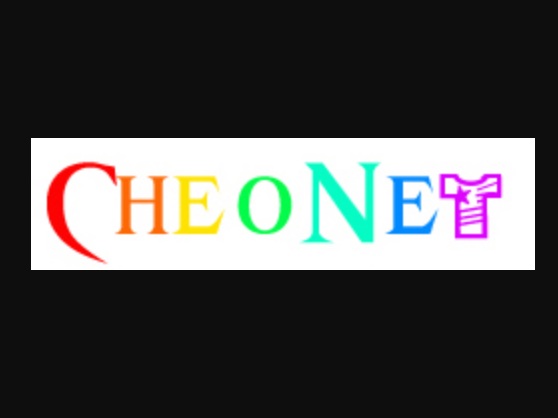Screen printing, or silk screening, is definitely an age-old process to print on just about any material. With new machinery it’s even doable to print on cylinders which, with classic screen printing techniques, could be impossible. The original silk used for any screen has been replaced now having a nylon material which has an incredibly, very tight mesh. It does nevertheless have the really feel and look of silk. Get much more facts about screen printing squeegee
The screen material is stretched more than a frame, normally produced of wood. It’s a great deal like a screen window that you simply would have inside your house, while the screen mesh is substantially tighter, meaning the weave is a great deal closer with each other. The screen is coated on each sides having a product called “emulsion”. Emulsion is actually a photo sensitive material that should coat the nylon mesh. When it is exposed to light the emulsion hardens and bonds using the screen mesh. Absolutely nothing happens to the emulsion where light is blocked from reaching it and it is later washed away.
The process requires 3 simple measures. One is always to prepare your artwork, image or text and get that made into a piece of film. This film is clear together with the artwork or text being black. Second is usually to lay this film on top rated of your screen and expose it to a light supply for a pre-determined amount of time. Third you can lay your screen onto the material to be printed on and drag ink more than it with a squeegee.
Let’s say we wish to print the letters “ABC”. We would begin by generating a piece of film that would possess the 3 letters on it, possibly proper within the center. The three letters will be black on this piece of film plus the rest will be transparent. This piece of film is laid flat onto the screen and also a piece of glass is laid more than it to maintain everything from moving. When we expose this to light the clear places on the film will harden the emulsion and make it permanent on the screen. Following the exposure the screen is washed with running water and also the parts with the emulsion that were not exposed to light will wash away. In this scenario we will have our letters “ABC” on our screen exactly where ink will pass through and print to whatever material is under it because the unexposed emulsion will wash away.
If we wanted to print every single on the letters within a different color, let’s say red, white and blue, we would have to have a separate screen for each in the three letters, but we would have to have each letter in the correct position in order that they did not print on major of each other or out of position. The easiest approach to do that with our “ABC” scenario is always to setup the 3 separate screens and after that block the “B” plus the “C” with paper or perhaps a tape and do the exposure of just the “A”. We’ll contact this our red screen. We’ll block the “A” along with the “C” off our subsequent screen and call that our white screen. Now we’ll block the “A” and “B” and get in touch with this our blue screen. Now we’ve got three separate screens, each and every in a separate frame and every with part of our “ABC” image. We could make 3 separate pieces of film as well, each one with just one letter, but that requires further components.
When printing this “ABC” image we will print the “A” screen, then the “B” screen and ultimately the “C” screen to come up with our three colour image. Care has to be taken to register your frame inside the exact same spot every time to ensure that all text and photos on the screen show up inside the correct spots around the completed product.
To print the screen is laid down around the material that you simply desire to print. All the things have to be held securely in location so the frame, nor the material moves at all. The colour of ink you wish to use is then applied to the screen above the image. If we’re printing the “A” then that screen is placed over the material and red ink is placed onto the screen. We will then take a squeegee and pull the red ink down over the letter “A” after which back up once more to go over it a second time. This can have printed the letter “A” in red ink onto whatever you’re printing on, a t-shirt, poster or whatever. Repeat this process with the other two letters and ink colors to finish the product.
Screen printing is one of your most effective ways to print onto cloth and paper amongst several other things. Modern equipment enables you to mass produce products like t-shirts. A typical t-shirt printer will be setup with stations and quite a few people will operate the machine at the very same time, every printing one colour. The Screen printing machine would then index, or revolve, to move the t-shirt into the subsequent position and print that colour.






